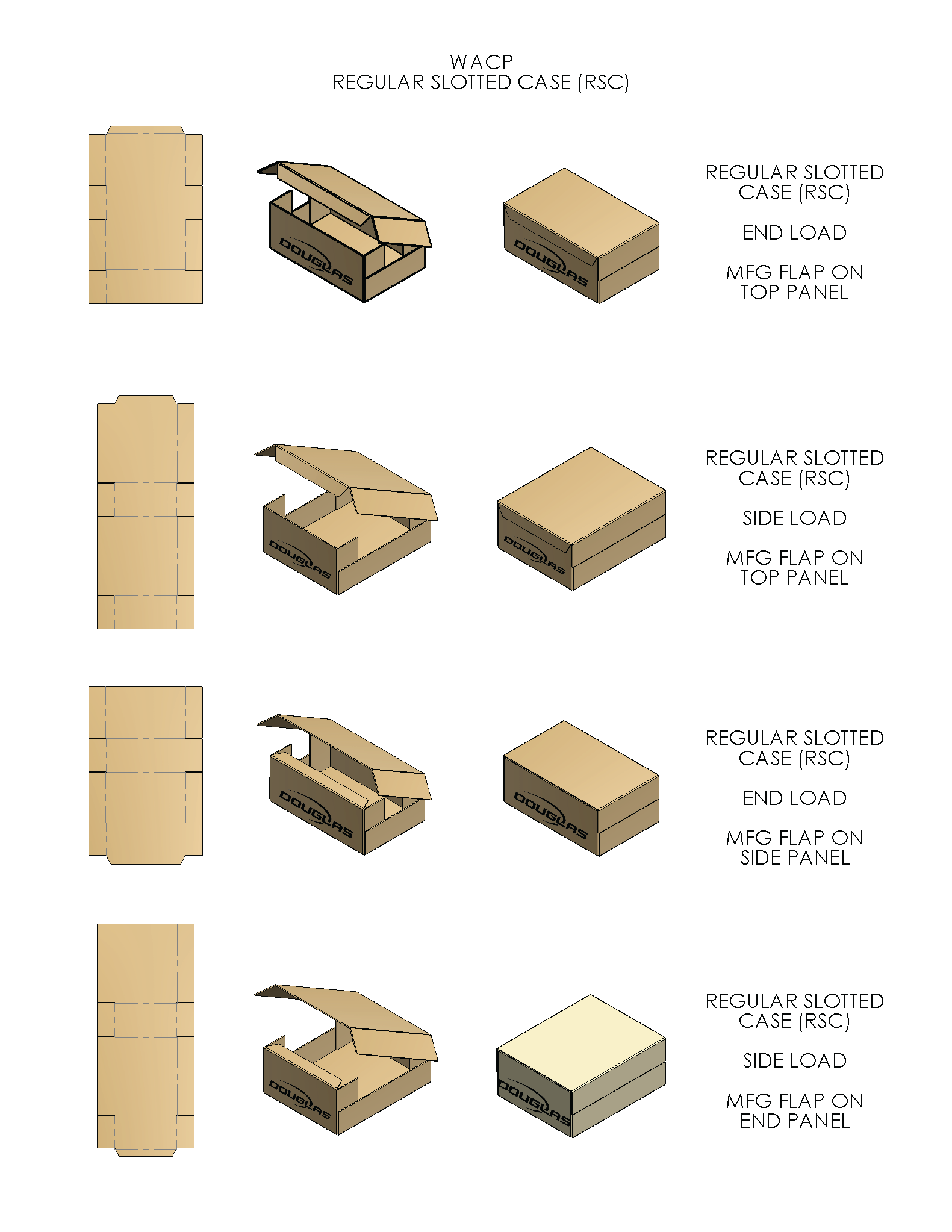
What are the challenges with secondary packaging for cartons?
Shelf space is increasingly limited to the manufacturers. Their carton sizes are required to stay to a minimum in order to fit in their allotted space, so product fit is generally tight. Bag fills now have a higher volume in each bag making for a tighter fit in the cartons they are then to be packed into. Product placement and proper pack pattern is more critical than ever as the cartons are often used in the product shelf display.
What is important for companies to consider when choosing secondary packaging equipment?
Flexibility of the equipment and good product control to allow for future packaging material, future products and future pack pattern changes often dictated by the retail stores.
How has equipment for secondary packaging of cartons improved in the past five years?
One of the biggest improvements is the use of 3-D vision systems versus traditional vision systems with special lighting. A 3-D Vision System, now much less expensive than when first introduced, allows you to have better product inspection for rejecting unacceptable products. Additionally, it eliminates seeing the belt that the product rides on eliminating the possibility of seeing dirt spots on the product-belt or the belt seem; both of which would be potentially seen by traditional vision cameras as part of an actual primary product that is oversized. This would cause an unnecessary reject of what is acctually an acceptable product.
What products does your company typically pack into cartons?
The type of products we handle is endless. Regarding our vision guided robotic systems, most often we are handling products such as flow-wrapped snack cakes, flow-wrapped nutrition bars and small bags filled with items like mini-muffins. All of which are typically put into paperboard cartons. We also handle a lot of stand-up pouches and pillow bags that are often packed directly into cartons. I dare say if it goes into a carton, we can help you automate the loading process.
Can you tell me about your secondary packaging equipment? What makes it unique?
A lot of our secondary packaging into retail cartons is done using our vision guided robotic loading systems that allow for jam-free systems (as products simply ride on belts through the system and are not collated into pockets). Each system is very flexible in the pack patterns they can handle as we typically are picking and loading 1 or 2 products at a time into the cartons. This allows us to place them very tightly together and in different orientations as needed. This solution also allows for product inspection which helps eliminate bad products that can cause packing issues. Our unique robotic communication system (to downstream robots) allows for more efficient packing, so we can often supply smaller and less expensive systems with fewer robots than our competitors.
Any further comments?
One of the additional key features of secondary packaging automation is the ability to allow for very quick and very easy size-change overs. As the demands of larger chain and club stores often require smaller product runs by the manufacturers, more line changeovers throughout the day are almost imminent. Faster and easier product size change capabilities, with a more versatile machine size range, is something a manufacture should consider when choosing a secondary packaging partner.






